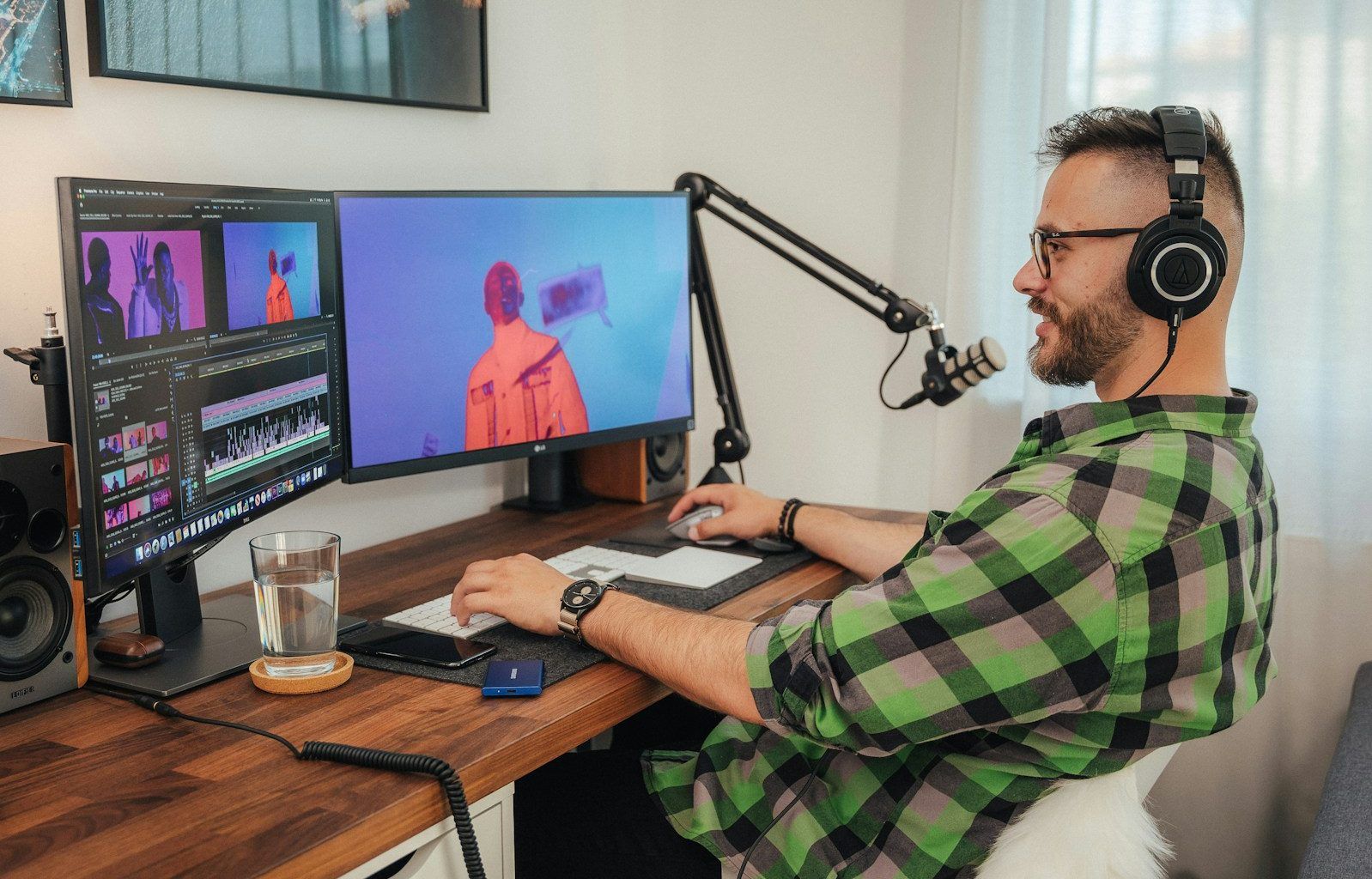Streaming is something we all rely on these days, whether it’s for entertainment, education, or work. But have you ever stopped to think, “How bad is my streaming?” It’s frustrating when your favorite show buffers right at the most exciting scene, or when your video call freezes during an important meeting. If this happens often, you’re not alone. Let’s explore why streaming can be so problematic and what you can do to fix it.
The Common Culprits of Bad Streaming
When you think about bad streaming, several issues might come to mind. Buffering is the obvious one, but pixelated images, laggy connections, and even complete disconnections are just as irritating. What causes these problems? The answer often lies in your internet connection, device performance, or the streaming service itself.
Your internet speed plays a big role. Many people don’t realize that their connection isn’t fast enough to handle HD or 4K streaming. Similarly, an overloaded network can cause issues. If everyone in your house is streaming, gaming, or working online, it’s no wonder your show keeps stopping to load.
Then there’s your device. Older smartphones, tablets, or computers may not handle modern streaming demands well. Outdated software can also create problems. And don’t forget the streaming platform—sometimes, their servers can’t keep up with demand, especially during peak hours.
The Effects of Bad Streaming on Your Experience
How bad is your streaming? It’s not just about frustration; bad streaming can ruin the whole experience. Imagine watching a live sports event, only to miss the game-winning goal because your screen froze. Or think about trying to enjoy a movie, but the constant buffering makes it impossible to follow the story.
Poor streaming quality can also affect your productivity. If you’re attending a virtual meeting and the video keeps cutting out, it’s hard to stay engaged. It can even impact your learning. Online classes require clear audio and visuals, and bad streaming makes it difficult to understand the material.
How to Test Your Streaming Quality
The first step in fixing bad streaming is figuring out where the problem lies. A simple speed test can help you determine whether your internet connection is fast enough. Look for tools online that measure your download and upload speeds. Most streaming services recommend at least 5 Mbps for HD and 25 Mbps for 4K. If your speeds fall below this, your internet connection might be the culprit.
You should also check your device. Make sure it’s updated with the latest software and has enough free space to handle streaming apps. Finally, test the streaming platform. If multiple users report issues, the problem might be on their end.
Improving Your Streaming Quality
Now that you know how bad your streaming is, let’s talk about solutions. The good news is, there’s a lot you can do to improve your experience. Start by upgrading your internet plan. If your current plan doesn’t support high-speed streaming, it’s time to look for one that does.
You can also optimize your Wi-Fi setup. Place your router in a central location and make sure it’s not blocked by walls or furniture. If your home is large, consider investing in a Wi-Fi extender or mesh system to eliminate dead zones.
Don’t forget about your device. Close unnecessary apps and tabs to free up resources. If your device is old, it might be time for an upgrade. And always use the latest version of your streaming app to ensure compatibility and performance.
Choosing the Right Streaming Service
Sometimes, the problem isn’t your internet or device—it’s the streaming service itself. Not all platforms are created equal. Some have better servers and compression technology, which means smoother playback even on slower connections.
When choosing a streaming service, read reviews and check their technical requirements. Look for platforms that offer adjustable playback settings. This feature lets you lower the video quality to match your connection speed, reducing buffering and lag.
Streaming Smarter, Not Harder
If you’re still wondering how bad your streaming is, remember that small changes can make a big difference. Start by streaming during off-peak hours when internet traffic is lower. This simple trick can dramatically improve your experience.
Another tip is to download content for offline viewing whenever possible. Many streaming apps offer this feature, allowing you to enjoy movies and shows without worrying about buffering. Plus, it’s a great way to save data if you’re on a limited plan.
When to Seek Professional Help
Sometimes, no matter what you do, bad streaming persists. In these cases, it might be time to call in a professional. Your internet service provider (ISP) can check your connection for issues and recommend upgrades. Similarly, a tech expert can optimize your home network and devices.
Don’t hesitate to reach out to customer support for your streaming service. They can provide troubleshooting tips and, in some cases, even resolve issues on their end.
Final Thoughts on Streaming Quality
So, how bad is your streaming? If it’s bad enough to ruin your experience, it’s worth taking steps to fix it. From upgrading your internet plan to optimizing your devices, there are plenty of ways to enjoy smoother streaming.
Streaming is meant to be enjoyable and hassle-free. With the right tools and strategies, you can make sure it stays that way. Don’t let bad streaming get in the way of your favorite shows, important meetings, or online classes. Start improving your streaming quality today, and you’ll thank yourself later
Related Articles:
For further reading, explore these related articles:
- Johnny Cash: The Life and Legacy of the Man in Black
- Exploring Drake’s Song “Money in the Grave”: What Makes It Special?
For additional resources on music marketing and distribution, visit DMT RECORDS PRIVATE LIMITED






